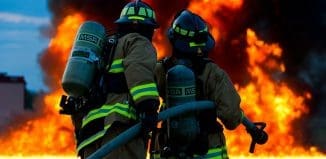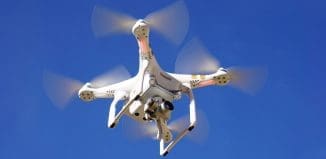The Next Level of Emergency Management
This post is also available in:  עברית (Hebrew)
עברית (Hebrew)
New wireless technologies that are designed to assist emergency responders were tested recently at the Gorge Amphitheatre in Washington. Several organizations partnered together to test a number of different new technologies that are designed to enhance situational awareness and physiological monitoring – the Grant County, Wash., Sheriff’s Office Emergency Management Division, U.S. Department of Homeland Security’s Science and Technology Directorate and the Johns Hopkins University Applied Physics Laboratory. The sheriff’s office, along with several different police and firefighting agencies from around the region, met in order to test out the new gadgets in a series of scenarios.The first one examined situational awareness.
“We have people all over the Gorge and as we pull up this new Watchtower app we can see whether you are set up as a fire truck or a police car,” Chief Deputy of Emergency Management, Darrik Gregg, explained. “Then we can click on that vehicle and it will say who the badge number is. So we know where people are at out in the field.”
Gregg told govtech.com that the application is useful in the containment of a suspect and in coordinating personnel to obtain total containment. The Watchtower application is loaded onto the person’s phone, iPad or laptop, essentially working as a tracker that replays a person’s location.
Later scenarios at the Gorge included a wildfire simulation and the rescue of a hiker who had fallen down a cliff. In the search and rescue scenario emergency personnel repelled down the side of a cliff to simulate the rescue of the injured hiker. Those who participated were equipped with a physiological sensor on an elastic band that goes around the midsection of the wearer and monitors the wearer’s heart and oxygen rate.
“The device is feeding back to us, so we can know what their heart rate is and we can monitor how they are doing in the field. We can call out if a deputy needs to come back in or make sure somebody checks on this person because they are getting overheated,” Gregg said.
Other technology analyzed included the use of drones to provide real-time imagery of a brushfire, which is relevant to the greater Gorge area in particular due to the high number of wildfires each year in the area.
The scenarios on display at the Gorge are a stark contrast to previous tests involving the experimental technologies. Gregg said tests were held in large metropolitan areas, which present a different set of circumstances to a first responder when compared to what a first responder in a rural area like the Gorge encounters.





























